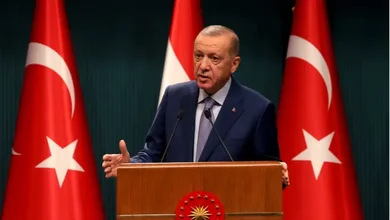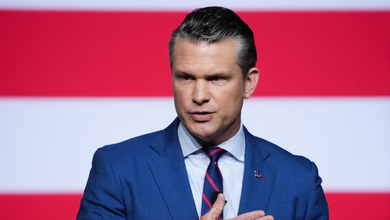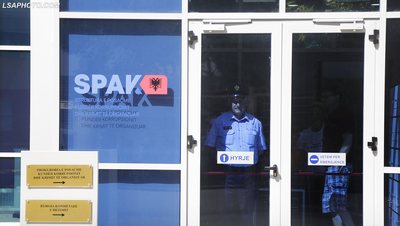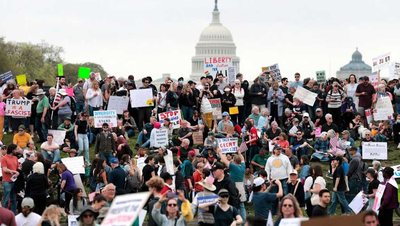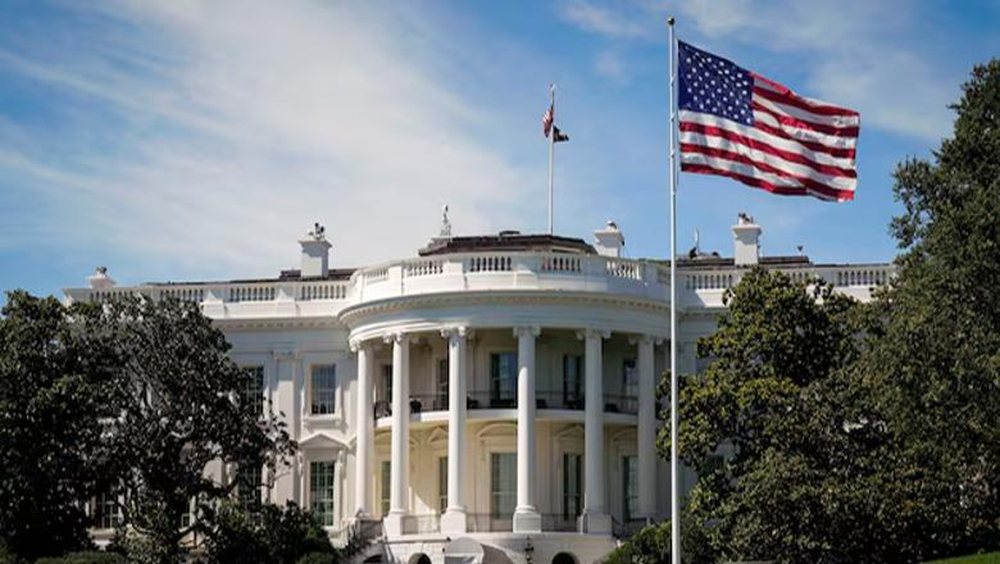
The cause is the failure to reach an agreement on government funding in Congress, in the face of strong clashes between Republicans led by Donald Trump and the Democratic opposition.
The administrative shutdown involves the suspension or slowdown of a range of public services, while millions of federal employees face uncertainty over their immediate future.
The US Senate initially rejected a proposal submitted by Democrats, and then rejected the temporary bill approved by Republicans in the House of Representatives, which provided for temporary funding of the administration until November 21.
President Trump has warned that this shutdown, driven by a lack of funding for the executive branch, will be followed by further cuts to the federal workforce.
Meanwhile, several unions have filed lawsuits against the administration, accusing the Office of Management and Budget of misinterpreting the law governing government shutdowns.
According to them, a memo sent by this office asked agencies to "seize this opportunity" to evaluate job cuts.
Tensions have also risen in the defense sector. The Pentagon, recently renamed the War Department, has expressed readiness for "war."
Defense Secretary Pete Hegseth declared that he would work to repair "decades of degradation" in the US Armed Forces, accusing politicians of incompetence and irresponsibility.
Currently, there is no solution on the horizon for the budget impasse, adding to the political and economic uncertainty in the country.





